Rural Australia is Underrated and Wangaratta Taught Me Why
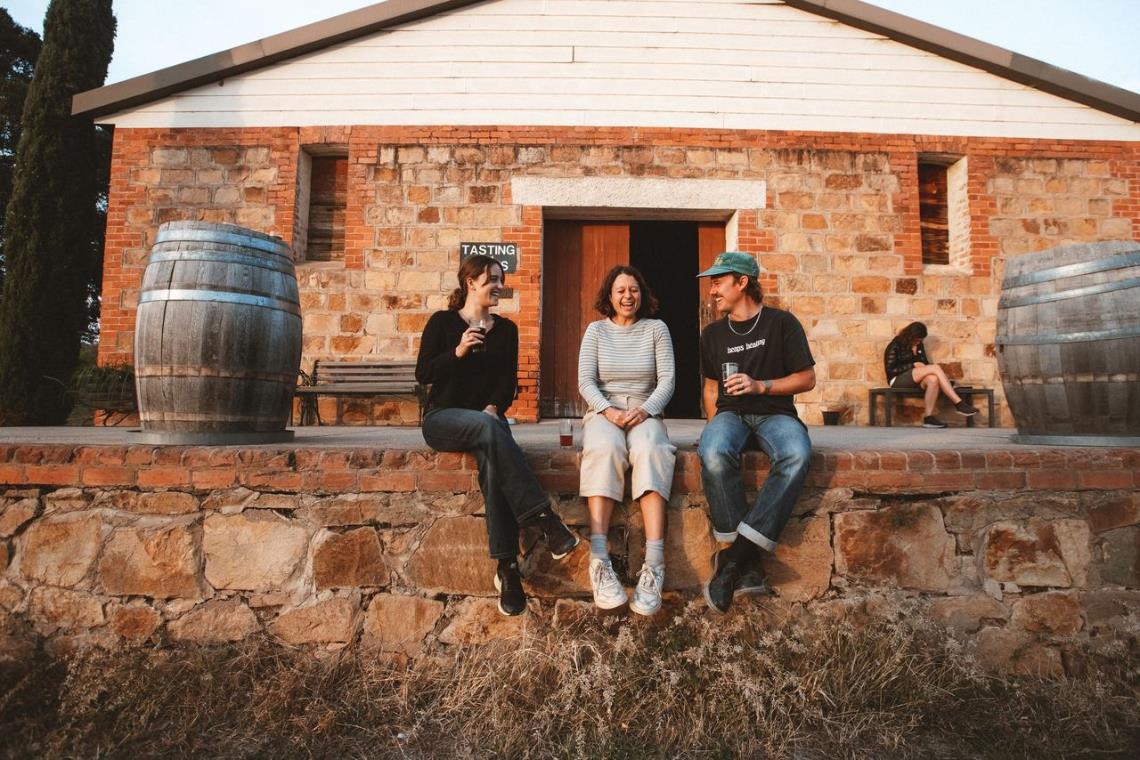
Words and images by Tim Ashelford- We Are Explorers.
The real Australia starts at our city limits, but why do Aussies always take it for granted? After a week in Dirrawarra / Wangaratta Tim’s got a few reasons for you to get out and see the rural region for yourself.
Did you ever have a mate with a pool as a kid? I did, and the bastard never swam in it. I’m pretty sure I once went for a swim while he kept playing Xbox.
I reckon Aussies are a bit like my mate with the pool. There are probably more Germans who’ve done a lap of Australia than Australians, and how many of your friends have actually been to Uluru?
With ‘unprecedented times’ rolling into their illustrious second year people are starting to explore our little patch of continent with a bit more gusto, but I’ve noticed a worrying trend. We’re becoming bloody tourists, congregating in the same five spots that give a taste of something far away.
When I first heard that the We Are Explorers team was heading to Wangaratta for a week I had mixed feelings. To be honest, I can’t say it was on my bucket list and I only had this song to go off.
But now that I’ve experienced it I’ve gotta say, I’m converted; from friendly locals to stunning spots I’ve never heard of (and I catalogue cool parts of Aus for a living), Wangaratta should be on your radar.
The only way to experience rural Australia is by totally embracing it, so grab your broad brim and buckle up!
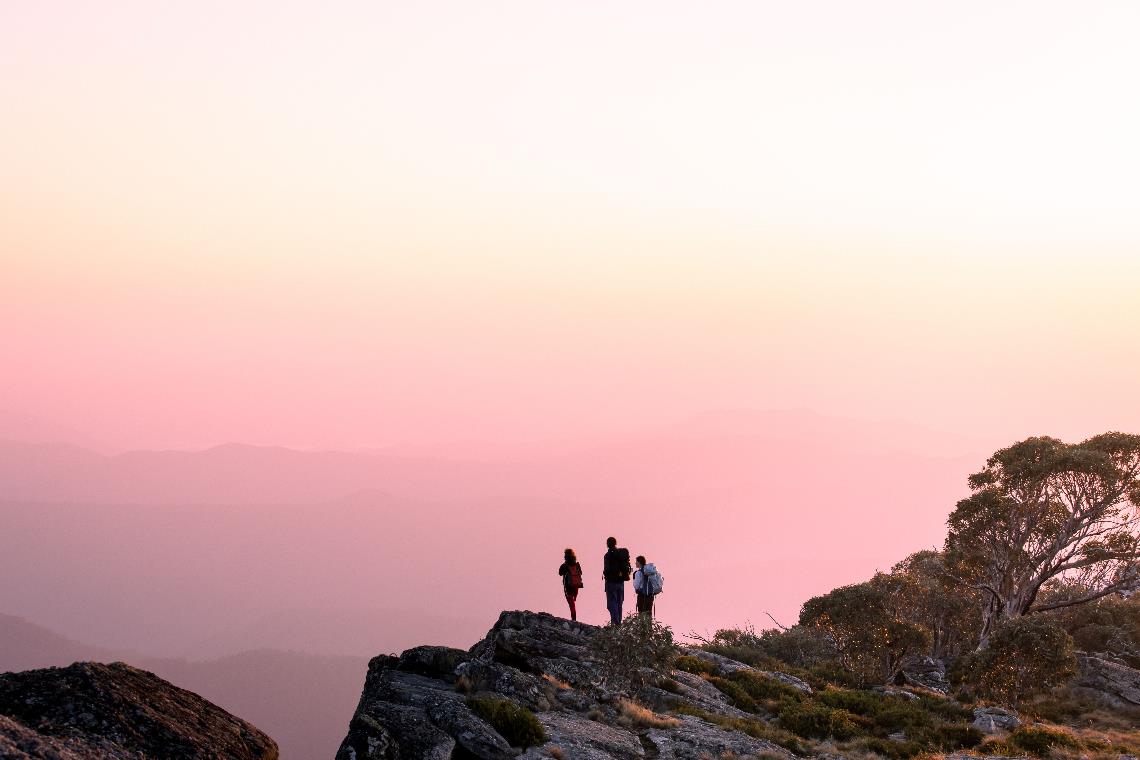
Hikes All To Yourself
Coming from Sydney I’m used to hikes being packed with other people. Just as you’re settling into the flow of nature, the rhythm of leaves rustling in the wind and scurries of marsupials, a huge crew with their speaker come tearing down the path, totally wrecking your zen.
Not so in Wangaratta. Despite having a week to explore the region, our campout and hike landed on the Friday. Now I don’t know about you, but heading out to free campsites on the weekend always gives me a little anxiety – will it be packed? Are people going to party til dawn 15 metres from my tent?
I needn’t have worried, our free campground at Lake Cobbler was quiet and private – the other groups a faint murmur as I drifted off to sleep.
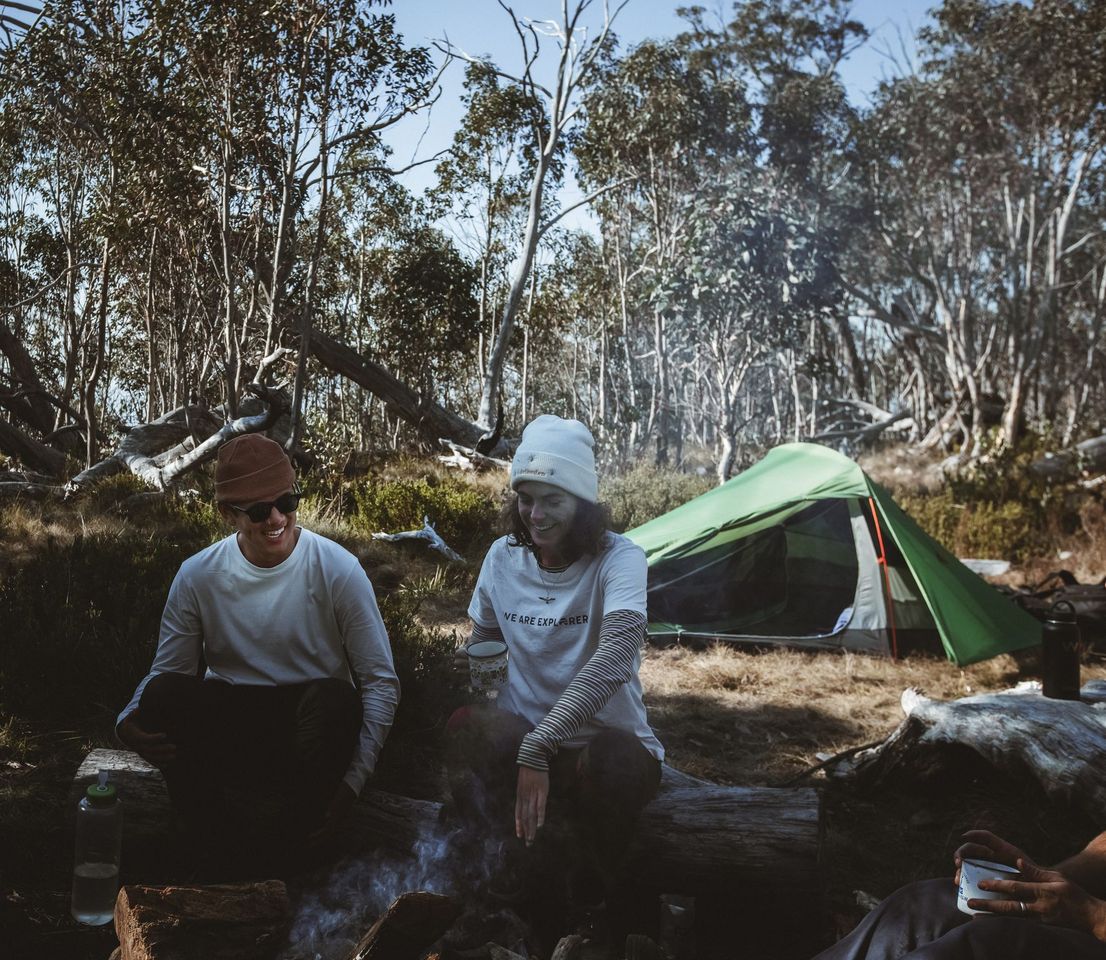
The next morning we hiked up Mt Cobbler for sunrise and it was hands down one of the best hikes I’ve done in Australia. The fact that our crew had the entire mountaintop to ourselves on a weekend was mind-bending, what a treat!
As we descended we waved to two groups making their way up the mountain. No loud chatter, just a small nod. If you know, you know.
Now if Mt Cobbler was my only experience of solitude I’d probably feel a bit dicey about dedicating a heading to it. But it happened many times in my week in Wangaratta. A morning trail run to Pangarang Lookout in Warby Ovens National Park was shared with just three kangaroos. Mountain biking on the Friends Track was a solo affair and the view from Tim-been-er / Mt Glenrowan turned it on just for us.

All this to simply say that it’s damn quiet in the hills around Wangaratta, go and soak it up.
No Nonsense Farm to Table Food & Drink
How removed are you from your food? If you’re in the city chances are you have no idea where your food comes from. You might have an idea about your wine but does it mean anything, or are they just words? Have you really breathed that terroir in?
Dropping in French words might undermine the point I’m about to make, which is that out in real rural Australia eating farm-to-table isn’t some gimmick sold to yuppies, it’s just a way of life that comes from being intimately connected to the land.
At first, I wasn’t so sure. When Sian ordered her trademark quarter-strength soy latte at The Oven Bakery in Cheshunt, the owner Thomas leaned over to the barista and said (without lowering his voice), ‘Get ready for some weird ones’.
But not long after I was eating an open pie featuring local pork, and tomatoes that were grown in the garden next to my table, while sipping on an excellent coffee whose beans were roasted up the road in Myrtleford. Checkmate Wangaratta, what else you got?
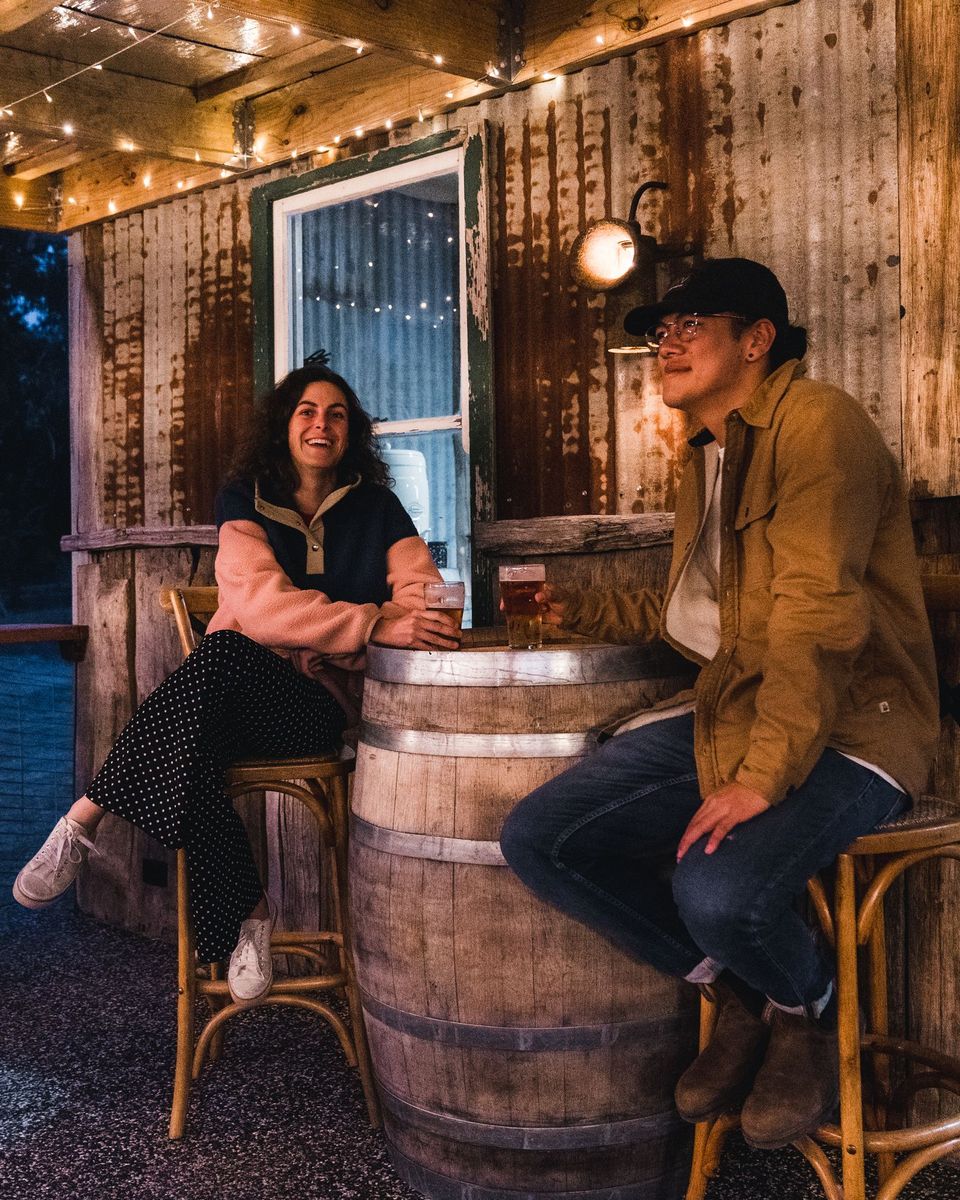
Feeling a bit more confident, my layers of city-slicker peeling back one-by-one, I made my way to the McEvoy Tavern in Eldorado after a spot of gold panning. I decided that I had to try the schnitty, but I had my concerns – you see the McEvoy is the smallest pub in all of Victoria, where were they keeping all the chickens?
But, as you can probably guess, the schnitzel that came out wasn’t some freezer special, it was fresh chicken breast with a light crumbing. Lightyears ahead of my local, and cheaper too!
‘But Tim, what about the booze?’
Sliding into King River Brewing after a day that involved a dawn kayak, fly fishing, wild swimming and a cattle muster, it’s safe to say that the gang was thirsty. You could have thrown us into any pub but instead we drove up a fig-tree lined gravel drive to an adorable little brewery adorned with frickin’ fairy lights.
As the sunset chill set in I asked Nathan (the bartender and brewer) for one of the intriguing ‘fig porters’. It was chocolatey, malty roasty deliciousness and the figs? They came from those trees on the driveway.
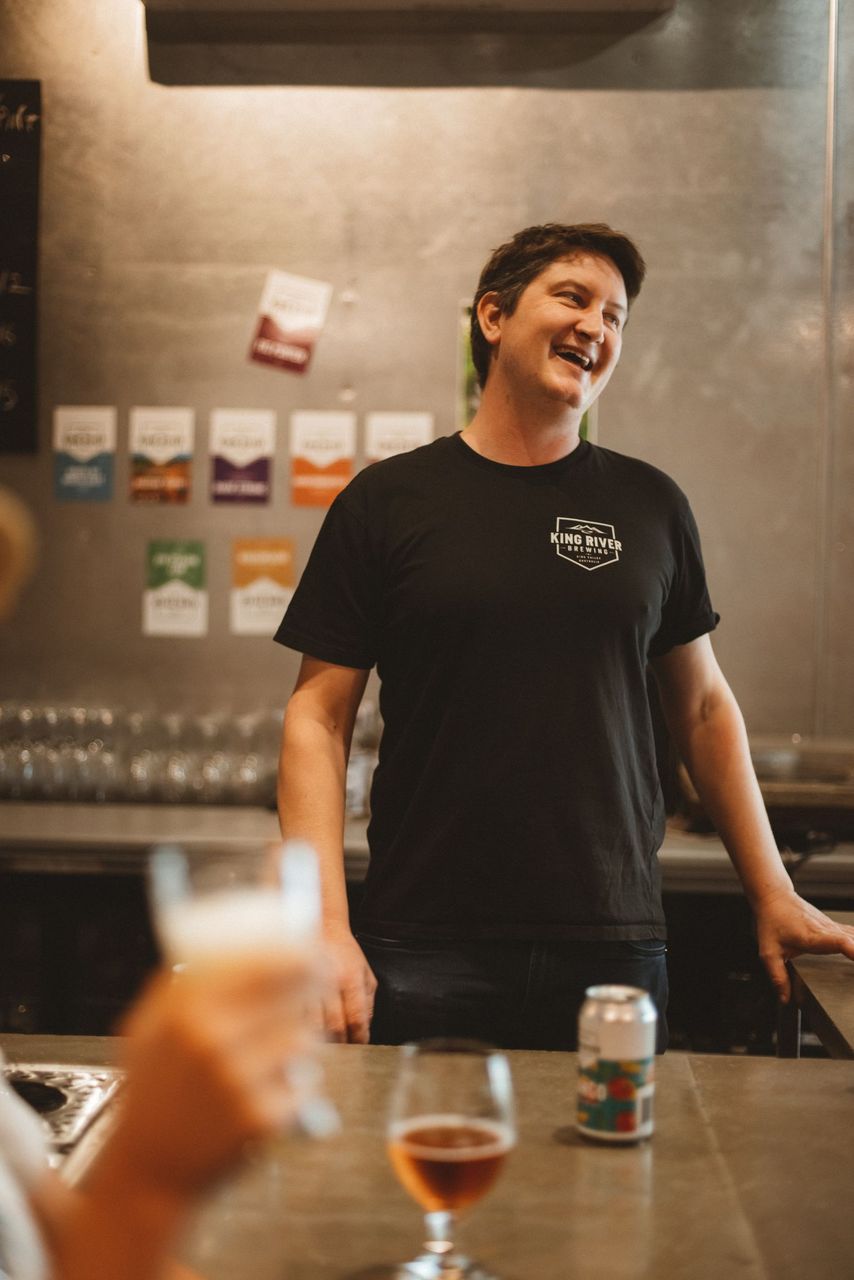
It’s a beautiful experience eating and drinking from the land, even more so when the people crafting and serving you aren’t pretentious about it.
It’s fitting then that I’m finishing on one of the more pretentious drinks – wine. Taminick Cellars in Glenrowan has every right to be up itself; family owned and operated since 1904 and harvesting vines planted in 1919, the winery is steeped in heritage, heck even the cellar was built in 1914 from locally quarried stone.
Yet despite all this, James Booth is a quiet and thoughtful man, more keen to tell me about the environmentally-friendly breathable plastic barrels they use to cut down on oak usage, or the carbon-neutral nature of the farm.
That being said, their shiraz is delightful and it’s no stress if your mates are keener on the beers – James started Black Dog Brewery in 2011, try the Lazy Dog Ale.
Experience Crisp Rivers That Run Off the High Country
I think rivers have a particularly special place in the hearts of Aussies. In a land where water can be scarce they’re rarely taken for granted – they’re a cooling place on a stifling day, a refuge for native species and a lifeline for farmers when the rains don’t come.
There’s no kind of river I love more than an alpine one. Icy cold and magnificently transparent they rush towards the plains over sandy beds and tumbling granite boulders. The Snowy River and its man have the fame, but it’s the ones that fly under the radar (and under the Red River Gums) that have my heart.
The Wangaratta region is home to two such rivers, the Ovens and the King. The Ovens River flows from the Alpine and Mt Buffalo National Parks, following the Great Alpine Road on its way to the Murray River; its name in the local Pangerang language is Torryong. The King River flows off the northwestern slopes of the Alpine National Park, meanders through the King Valley and joins the Ovens River at Wangaratta, its Pangerang name is Poodumbia.
I experienced the rivers in many different ways on our visit to Wangaratta. I kayaked the King’s upper reaches at dawn on Lake William Hovel and watched the moon rise over Lake Cobbler in the lofty headwaters of the Ovens. I swum in frigid water on the Northern Beaches, a sandy-shored meandering part of the combined Ovens/King that’s within the actual town.
But I don’t think I’ll ever connect to the place like local legend Robbie does. Robbie’s been fishing in the region since the 70s and his Youtube videos have achieved cult status.
‘There’s hidden spots all over the place, riverside campsites take your pick!’ he exclaims when I ask him about his favourite spots to go. And taking a look at the map I can believe it, the rivers and creeks wind across the floodplains like the marks on a scribbly gum with endless possibility whether you’re angling or hunting a riverside escape.
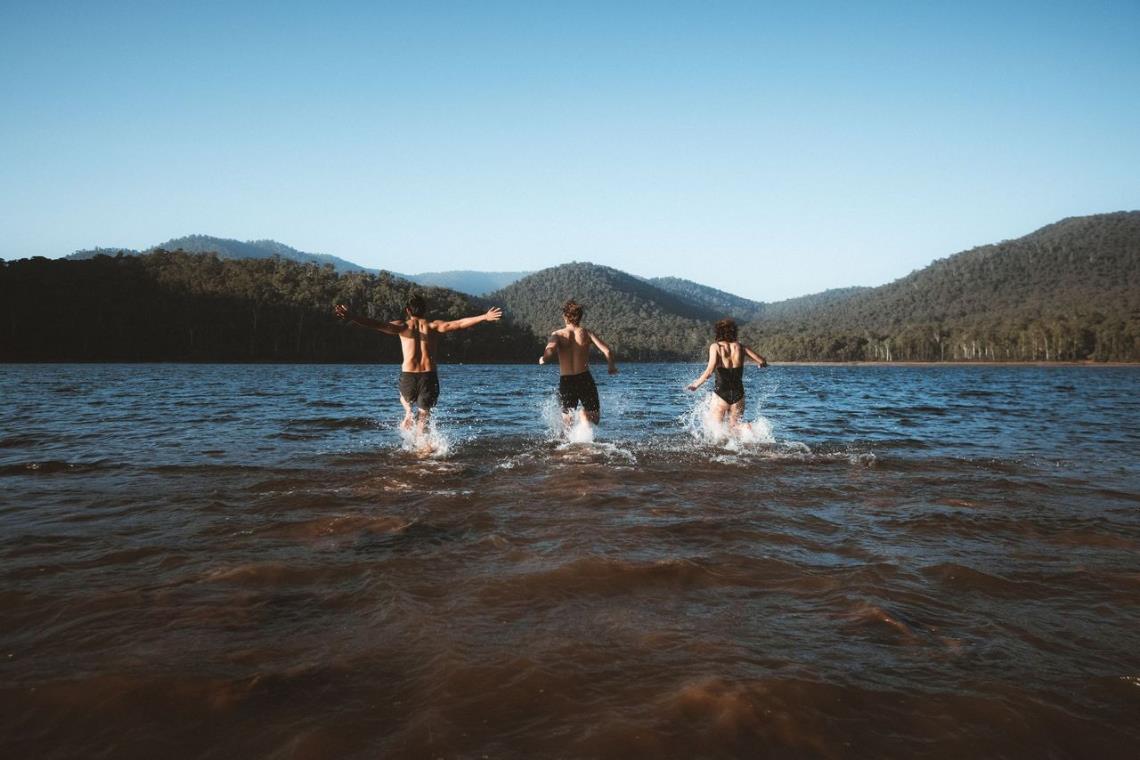
Explore a Deep History and Feel Its Presence
History in cities is confined to old buildings, and new buildings made for storing other history. Layers of iteration scrub the past away. Out in the country though, time moves slower – things feel like they only happened yesterday.
Wangaratta is named after the Pangerang word for the long neck of a cormorant, a wetland bird found in the rivers surrounding the town. The Indigenous history of the region goes back thousands of years, with the Pangerang, Yorta Yorta, Tongurong people all calling parts of the region home.
In fact, the different groups would often meet in the High Country to trade, conduct ceremonies and settle disputes, all whilst feasting on the protein-rich Bogong moth, which migrates from the plains of Queensland to alpine regions during the summer. Lake Cobbler is one of these meeting places.
Colonial expansion through the Frontier Wars saw massacres, disease and ultimately the expulsion of Indigenous Australians from their lands, but sovereignty was never ceded and recently the Traditional Owners have been asserting their right to inhabit and manage their country.
The Bullawah Cultural Trail is a great example of this, with the establishment of a 2.4km trail along the Ovens River that features totems, bush tucker, sculpture and stories. The trail is a chance for Indigenous groups in the region to come together, along with non-indigenous people and groups, to celebrate the stories, knowledge and connection that the Traditional Owners bring to the land.
Wangaratta is also home to a great deal of European history, from grazing to gold rushes, and much of it can still be seen today.
First stop on the history train is Eldorado, Victoria. The town was named after the legendary Spanish city of gold by William Baker due to the richness he saw in the land. Ironically, ten years later in 1850 the tiny town was home to a booming gold rush!
We had a crack at gold panning, but I particularly enjoyed checking out the remains of the giant dredge that scraped every ounce of gold from the river beds in the early 20th century; you can see it on the Eldorado Trail, which features 18 different information signs.
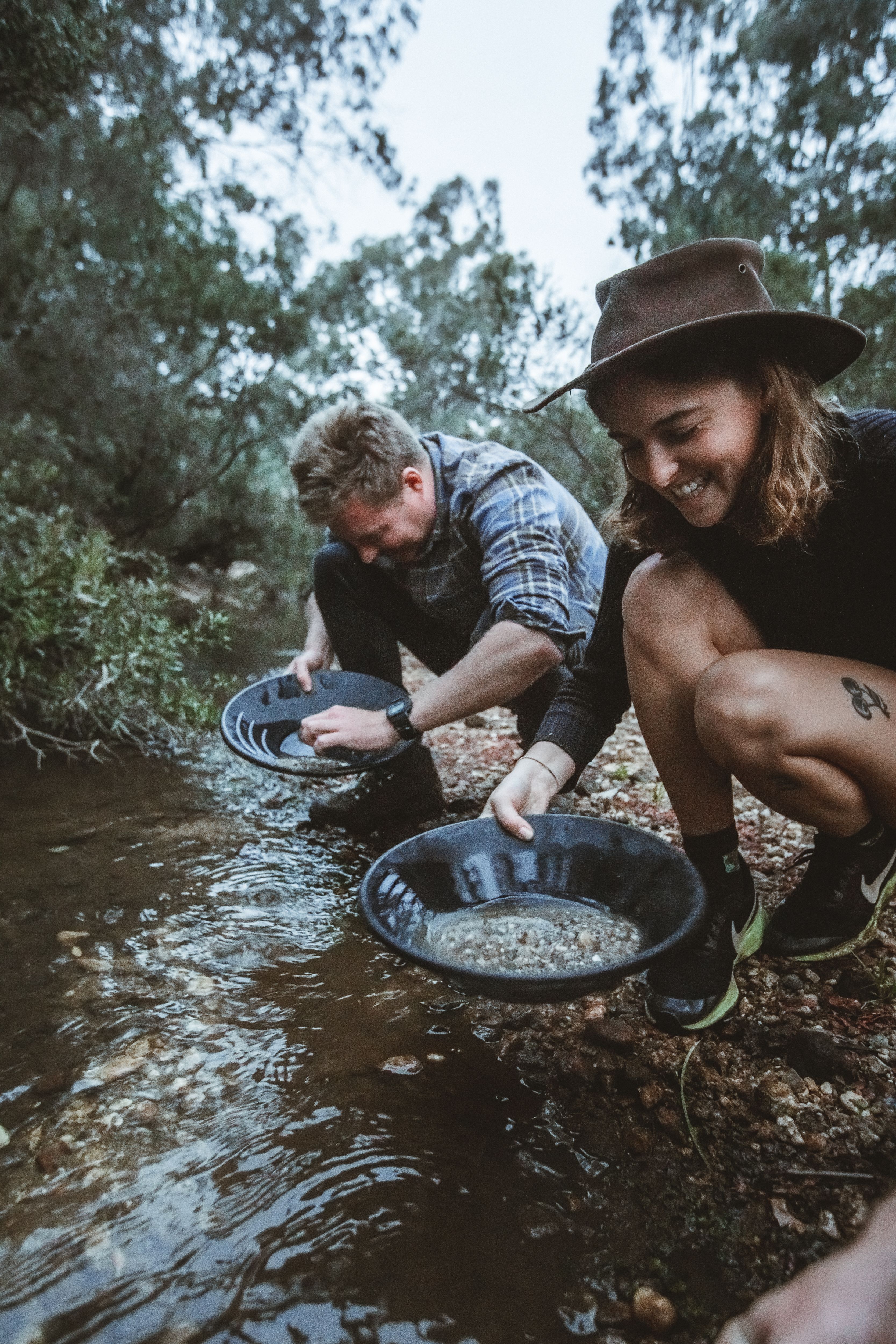
Partnered with gold rushes and grazing is the legend of the bushranger, and Wangaratta was home to some bushranging celebrities. I tested my stagecoach spotting skills as we explored Powers lookout, a rocky outcrop that Harry Power used as a hideout thanks to its sweeping views of the King Valley.
And if you’re into bushrangers you’ve got to visit the town of Glenrowan. Famously the site of his last stand with police, the town is home to the Big Ned Kelly, along with a museum. The small town is proud of its big history and is dotted with significant sites – oh and head to the Post Office for all your Ned Kelly merch needs!
Get Off The Beaten Track
Wangaratta showed me that just because something’s not on a top five list doesn’t mean it should be overlooked. I’ve come away with heaps of unique experiences, a deeper connection to a more authentic Australia and a bucketload of memories. Embrace that same mindset that flings you into foreign countries you know nothing about, but turn it inwards, away from the coast.
I reckon you’ll be surprised.
Photos by @thetantrap, @henry_brydon and @beepinkydoony